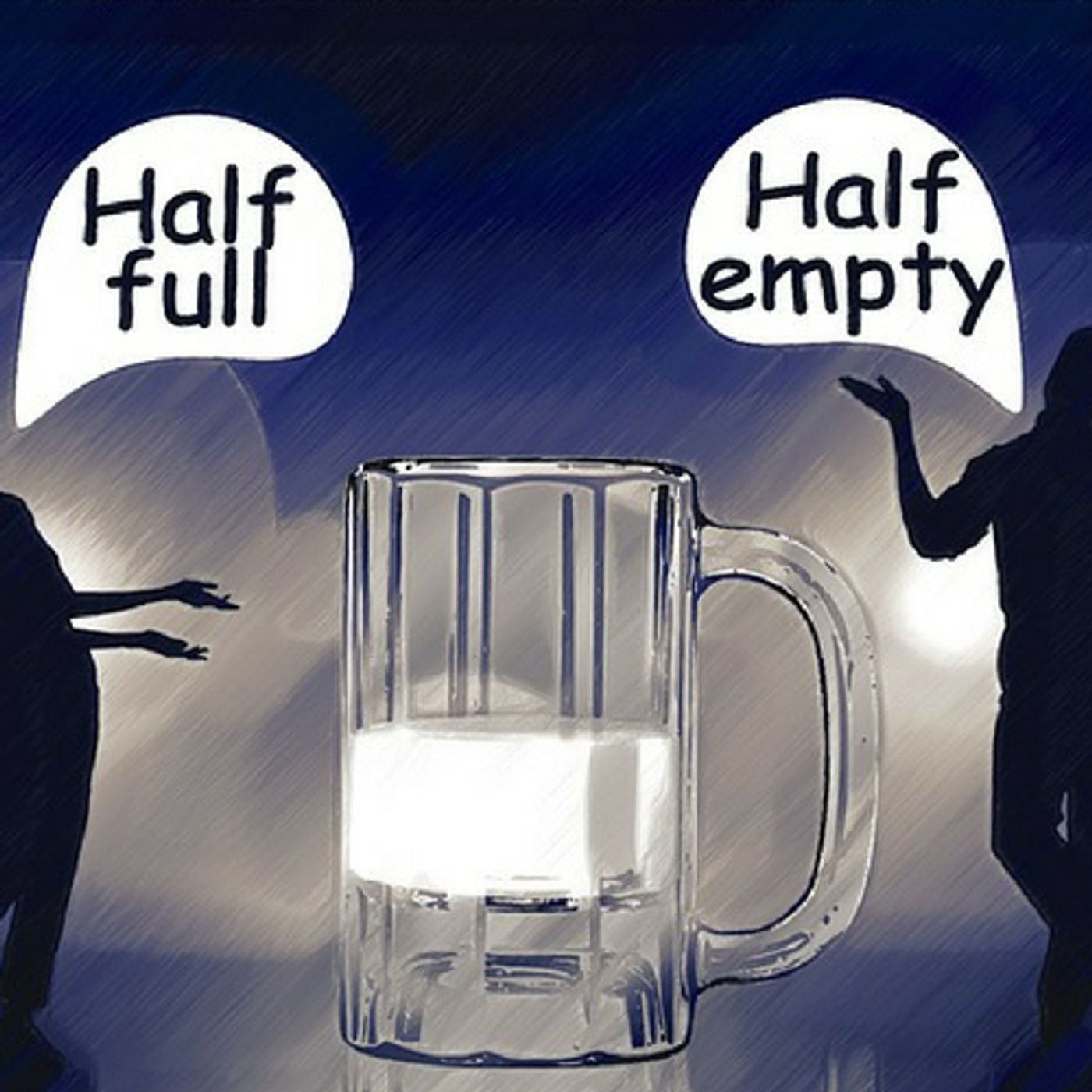Pinpointing Pessimism in the Brain
Is the glass half full or half empty? It's an age-old question that can reveal your outlook on life. Are you optimistic, with a sense that everything will turn out well (a half-full glass) or do you think almost everything will have a poor outcome (the glass is half empty.)
While most people are optimistic or pessimistic at various times, patients who have psychiatric conditions like depression or anxiety can often get stuck in a negative mood where they are constantly pessimistic. New research from neuroscientists at MIT has found the area of the brain where these thoughts originate, and their work could lead to better treatments for patients with mental illness.
The caudate nucleus, which is a part of the brain that processes emotions, is where a negative mindset originates. The team used an animal model and investigated what would happen when lab animals were in a situation that involves an "approach-avoidance" conflict. The animals had to decide what action to take, by weighing possible consequences, both negative and positive before making a decision.
The researchers, led by Ann Graybiel, an MIT Institute Professor and a member of MIT's McGovern Institute for Brain Research. Dr. Graybiel is the senior author of the study. Her lab had previously conducted research that revealed the neural pathway of stress and approach-avoidance decision making. When under stress, the animals were more likely to take a high-risk to gain a higher reward, an outlook that is somewhat optimistic, since the animals were willing to try for a possible positive outcome.
In the latest work, the team stimulated the caudate nucleus with a mild electrical current. In patients who suffer from depression, anxiety or OCD, this area is often more active than healthy patients. Stimulating it mimicked this level of activity and the animals were observed behaving as if they anticipated an adverse outcome, rarely trying for a positive reward of a sugary treat if they believed there would be a possible negative outcome. The mice were trained to reach for a treat, but the prize could also come with a puff of air to the face, which lab animals find unpleasant. In humans who have these conditions, they will often turn to repetitive behaviors to combat negative emotions and when weighing the possible outcomes of a decision will place more faith in the belief that every possible result will be negative. Similar behavior and responses were seen in the animals who had received the electrical current to the caudate nucleus and lasted for about a day after the administration of the shock.
Graybiel is now working with psychiatrists at McLean Hospital in Massachusetts to see if patients who have depression and anxiety also show altered brain activity and wave patterns. The research showed that there are many circuits in the brain involved in negative thoughts, but being able to pinpoint one is a significant step forward for finding better treatments. Graybiel explained, "There must be many circuits involved. But apparently, we are so delicately balanced that just throwing the system off a little bit can rapidly change behavior." Check out the video below to learn more about these results.
Sources: MIT Journal Neuron









